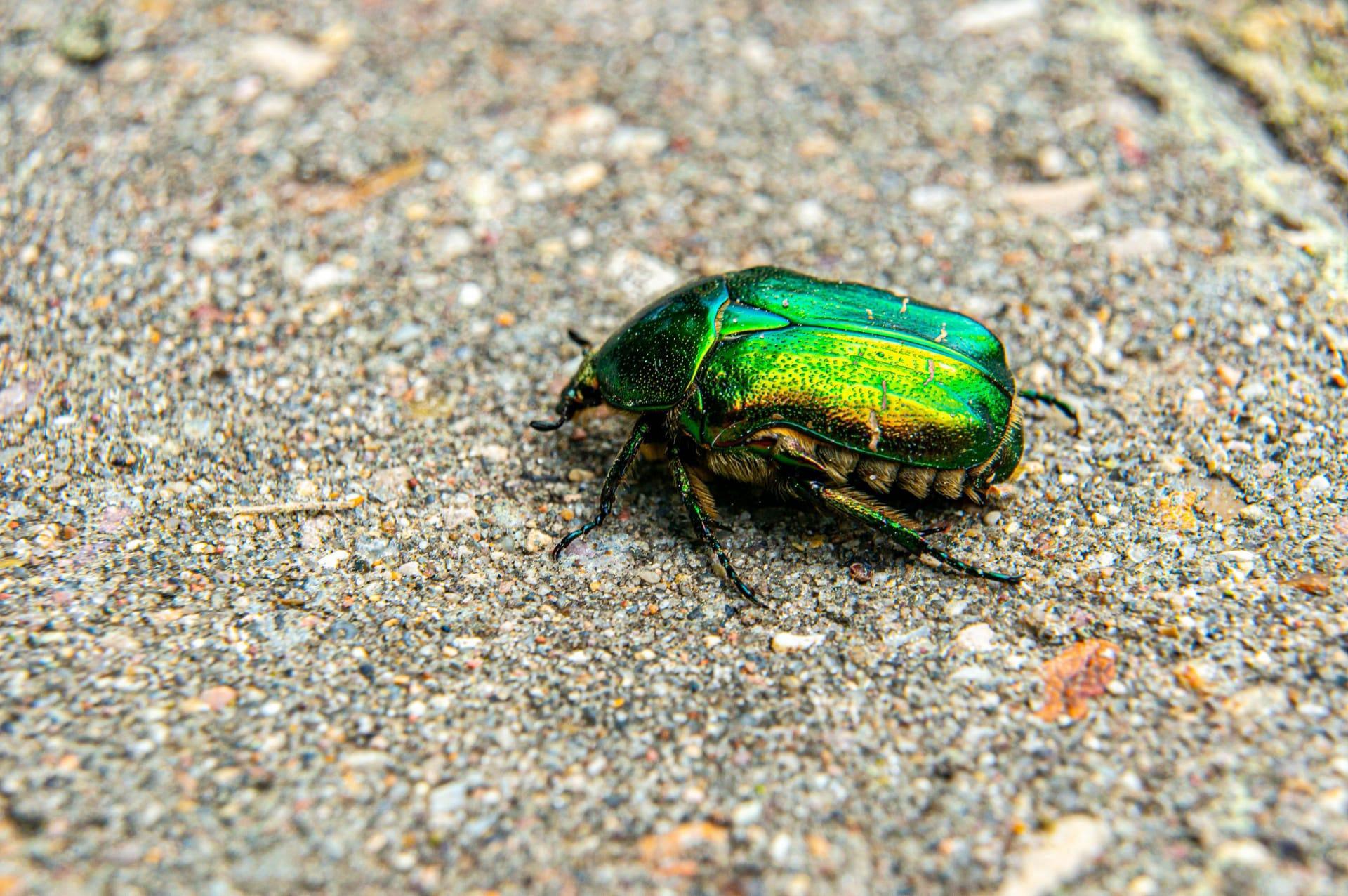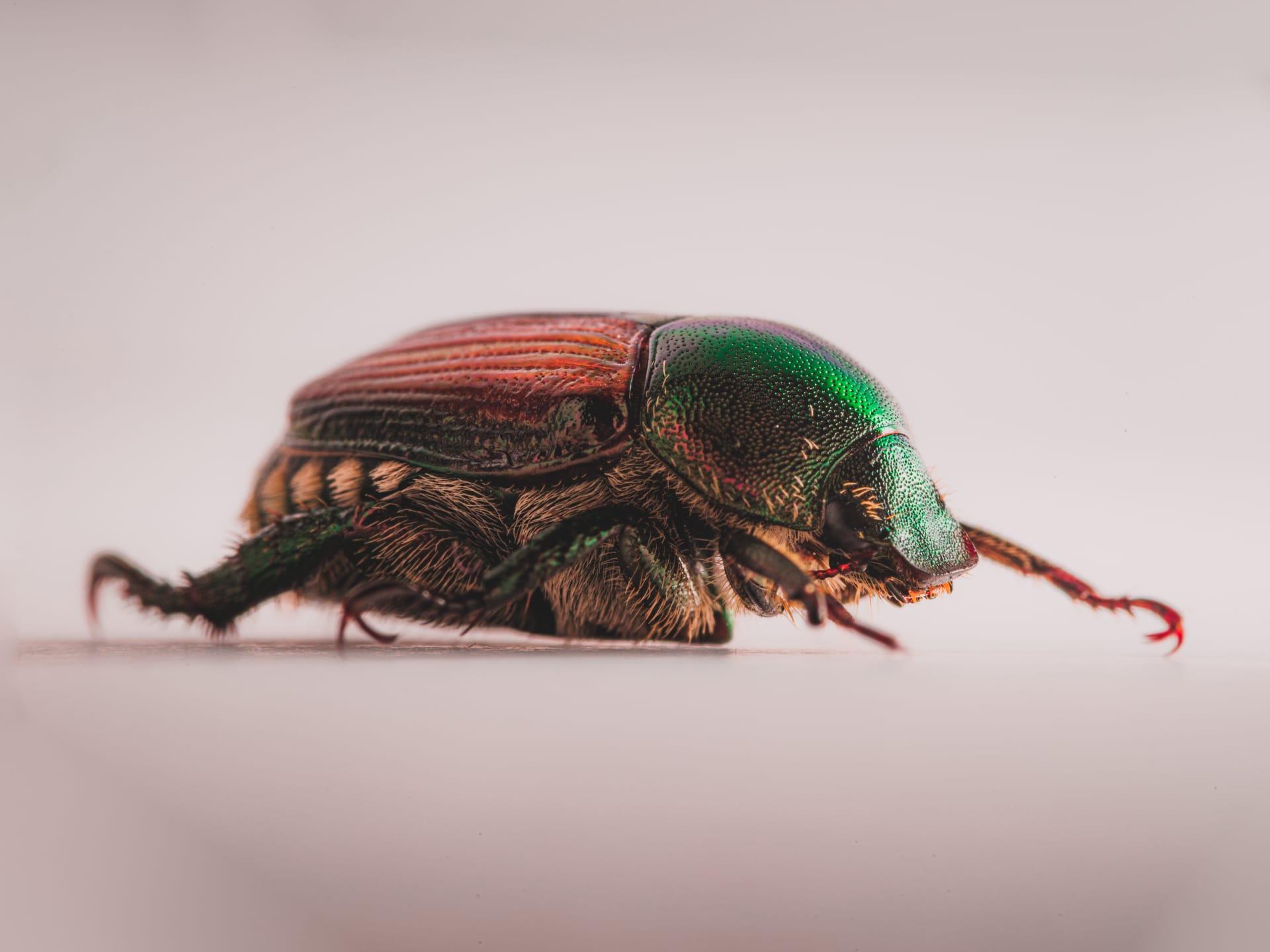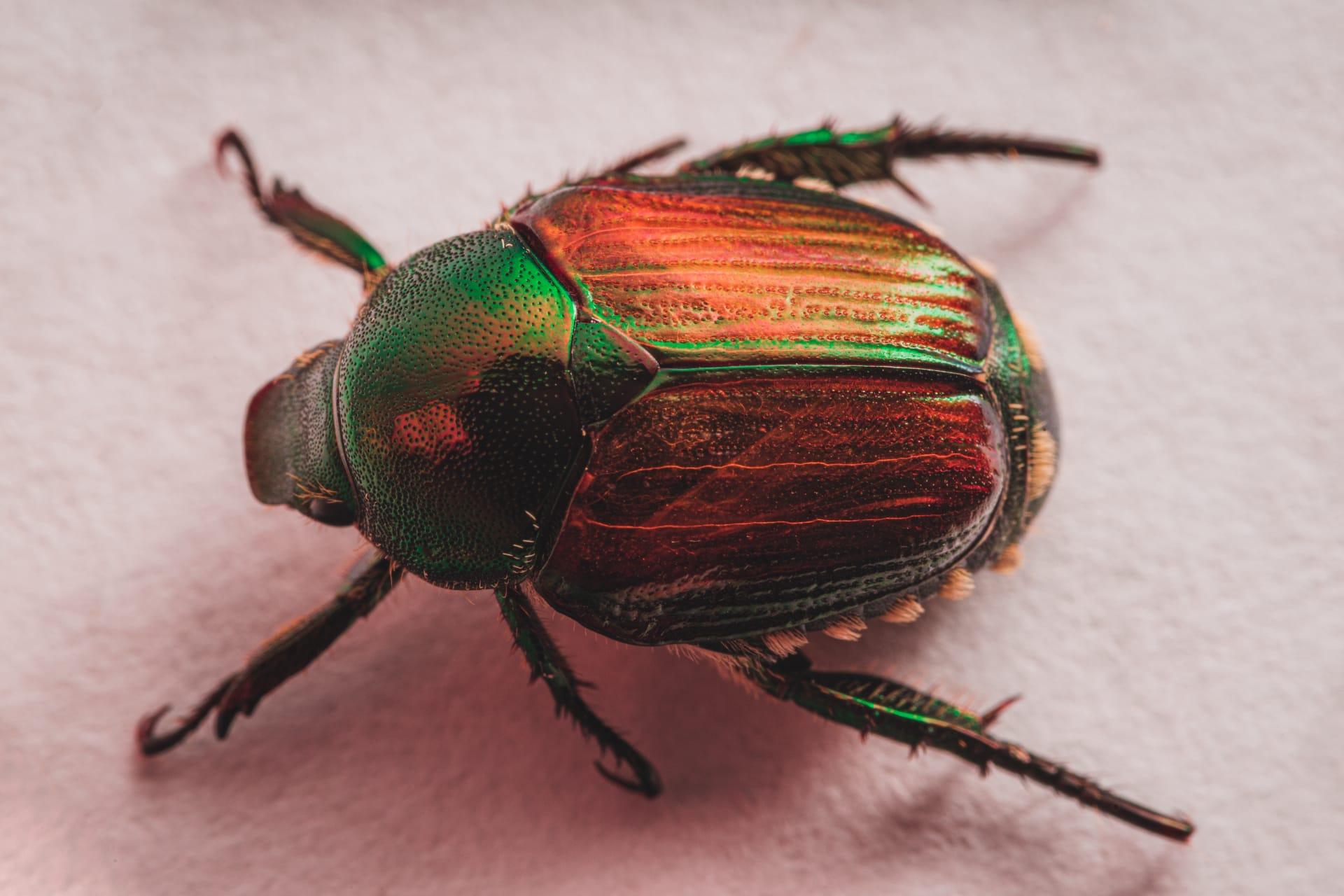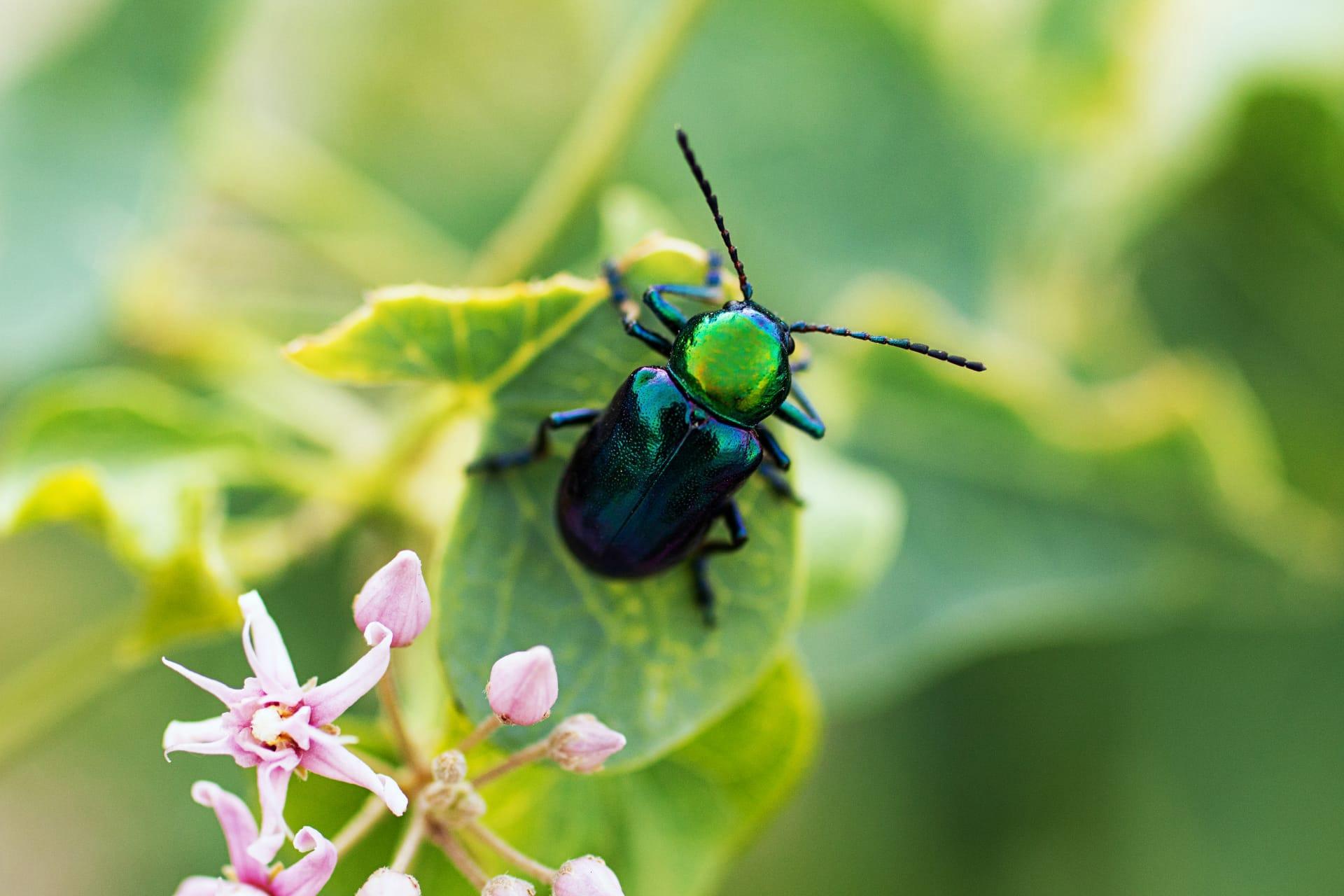Japanese Beetle Characteristics
- Home /
- Mini Encyclopedia /
- Animal /
- Japanese Beetle Characteristics
1
The Japanese Beetle, scientifically known as Popillia japonica, is a fascinating insect with distinct physical characteristics. Adults are relatively small, measuring about 0.6 inches in length. They have a metallic green body with copper-brown wing covers, which makes them quite recognizable. These beetles have a lifespan of around 30 to 45 days in their adult stage, depending on environmental factors such as temperature and availability of food.
One of the most remarkable organs of the Japanese Beetle is its antennae. These are not just for show; they play a crucial role in the beetle's life. The antennae are equipped with chemoreceptors that allow the beetle to sense pheromones and environmental chemicals. This is particularly important for mating, as males use their antennae to detect the pheromones released by females. Additionally, these sensory organs help them find food sources, mainly by sensing plant odors.

2
Question: What is the primary diet of the Japanese Beetle, and how does it impact the environment?
Answer: The Japanese Beetle is an omnivorous pest, primarily feeding on a wide variety of plants, including fruits, vegetables, and ornamental plants. They are known to consume over 300 species of plants, showing a particular fondness for roses, grapes, and linden trees. This varied diet causes significant damage to gardens and crops. Their feeding habits result in skeletonized leaves and damaged flowers, leading to substantial agricultural and horticultural losses.

3
When it comes to movement, the Japanese Beetle is quite adept. These beetles are strong fliers, capable of traveling several miles in search of food or mates. They are most active during warm, sunny days, often seen flying near plants they feed on. On the ground, they move with a slow, deliberate crawl, often congregating in large numbers on favored host plants.
In terms of feeding, Japanese Beetles are voracious eaters and are not particularly picky. They tend to feed in groups, starting at the top of a plant and working their way down. These beetles prefer the sunnier side of plants and are known for their 'skeletonizing' method of feeding, where they consume the leaf material between the veins, leaving a lacy skeleton.

4
The Japanese Beetle thrives in a variety of environments but prefers moist, well-drained soils in grassy areas and gardens. They are originally from Japan, where they are not considered a major pest due to natural predators. However, in North America, where they are an invasive species, they have found a favorable environment with fewer natural enemies and abundant food sources.
Reproduction is a key aspect of the Japanese Beetle's life cycle. Females lay eggs in the soil, particularly in lawns or turf areas. After hatching, the larvae, known as grubs, feed on the roots of grass and other plants, causing significant damage to lawns and turf. The grubs then overwinter in the soil, emerging as adults the following summer to start the cycle anew.

5
Book: "The Japanese Beetle: A Comprehensive Guide" by Dr. Emily Harrington is an insightful read. Published in the United States in 2010, this book offers an in-depth look at the biology, behavior, and control strategies for Japanese Beetles. Harrington, an entomologist, provides a blend of scientific research and practical advice, making it an excellent resource for both scientists and gardeners.
Book: "Beetles of the World: Japanese Beetle and Beyond" authored by Johnathon Marks, published in the UK in 2015, takes a broader approach. This book not only delves into the specifics of the Japanese Beetle but also compares it with other beetle species worldwide. Marks' engaging narrative, coupled with detailed photographs, helps readers appreciate the diversity and ecological significance of beetles, including the Japanese Beetle's unique place in this vast insect group.